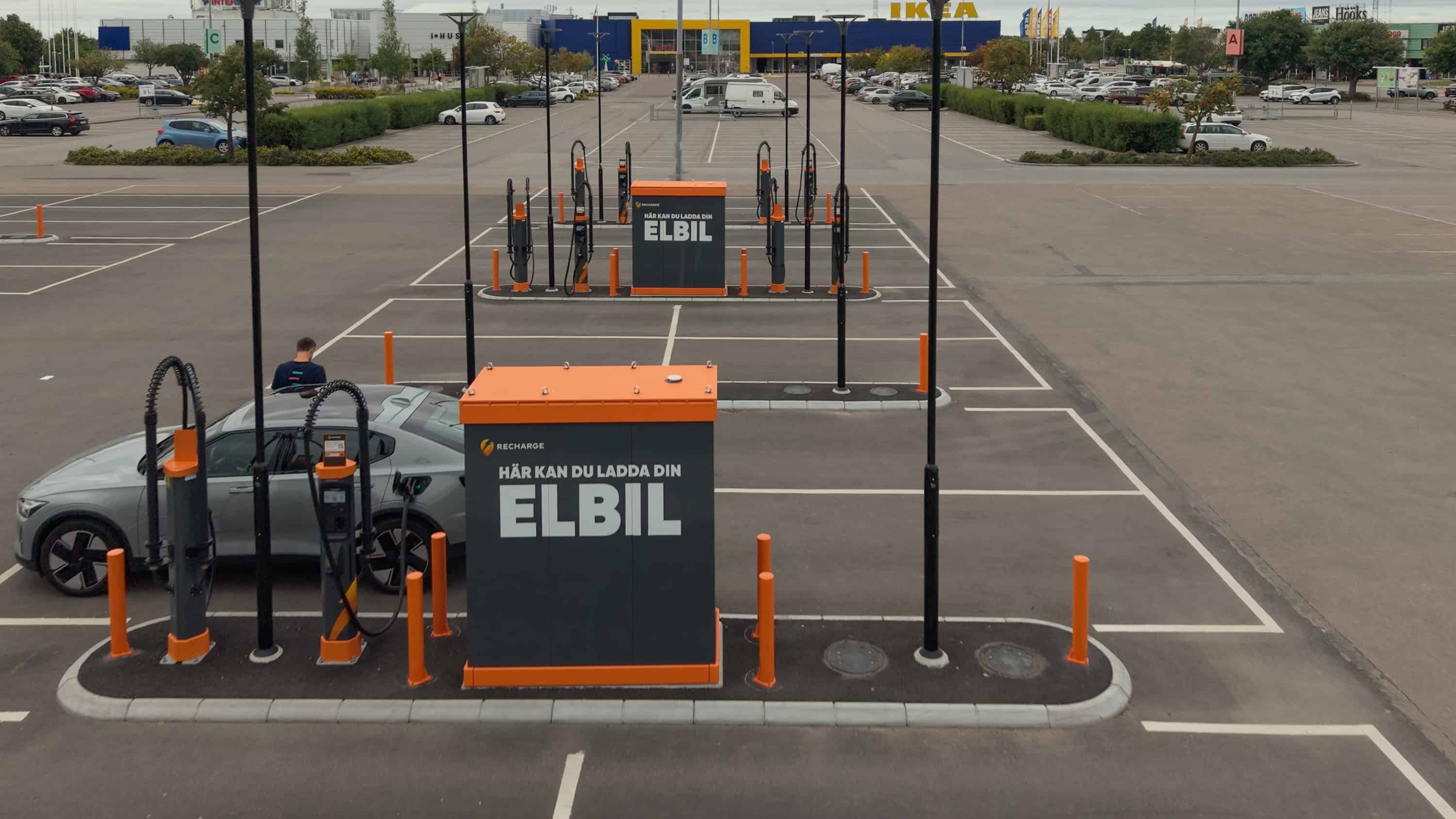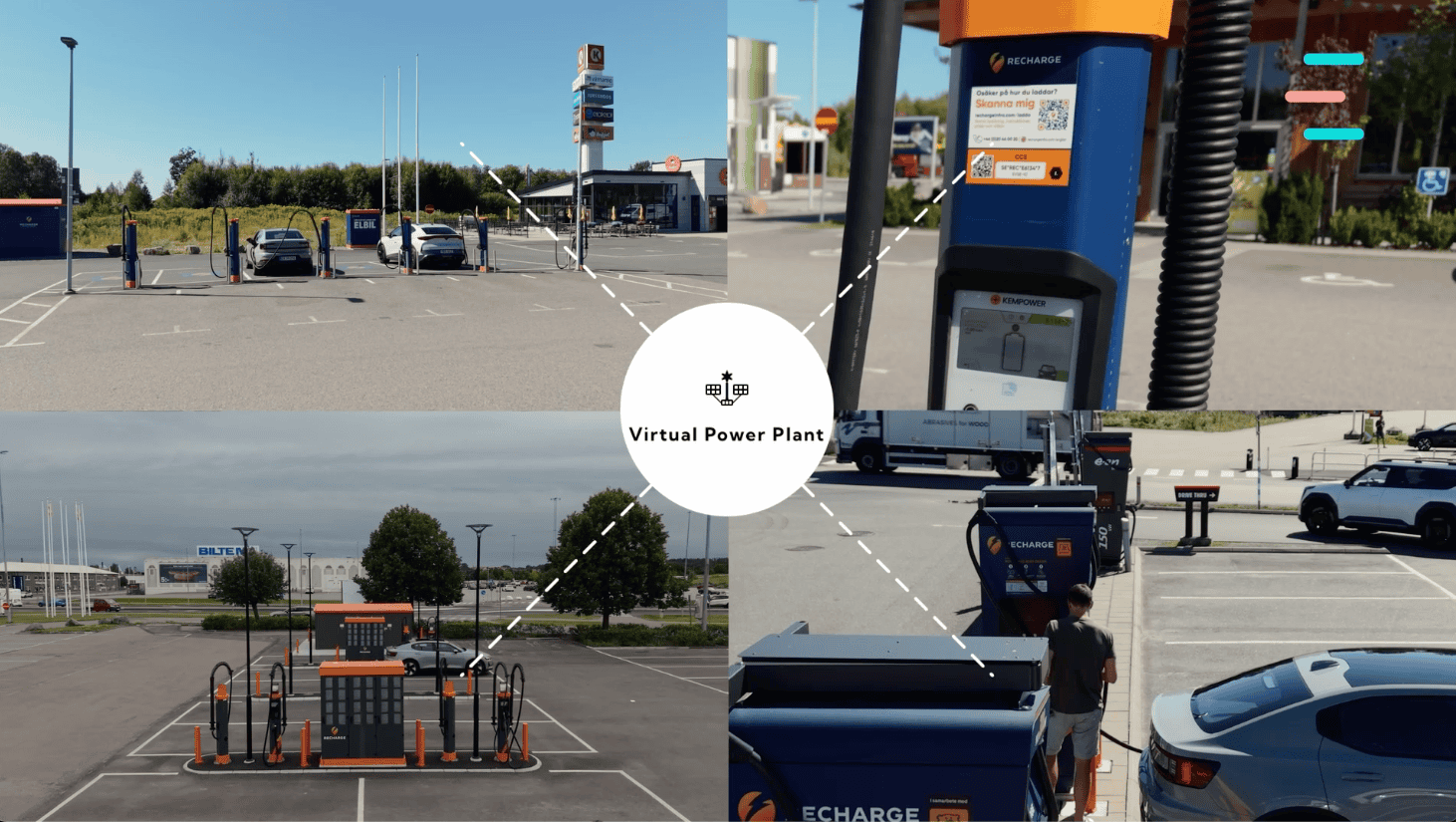Germany in Focus: How FLEXECHARGE Ensures Low Voltage Compliance for Energy Transition

The number of electric cars on German streets is still not at the level we wanted and hoped it to be. 2023 was a slow year in the name of mobility. Luckily that will change dramatically in the coming years. Not only in Germany, but all over Europe. Let’s get into the current landscape and the challenges we are facing.
Current landscape
The car manufacturers in Germany are in the process of electrifying their entire fleets. For the distribution networks to be able to control additional loads caused by many vehicles charging at the same time there has been various regulations set in motion to support this.
The German government is aiming for 15 million electric cars on roads by 2030, and at the beginning of 2023 the number of battery-electric cars registered in Germany rose by 39.1 percent to 1.4 million, while the number of hybrids now stands at 2.9 million, according to figures from the Federal Motor Transport Authority (KBA).
One of the various regulations to support the development is from April 2019 and it requires that load management is in place wherever charging power exceeds 12 kVA.
We’re going to dive deeper into that in the coming chapter.
TAR - Technical Connection Regulations on Low Voltage
As mentioned, in 2019, a regulation called the “Technische Anschlussregeln Niederspannung” (TAR Niederspannung - Technical Connection Regulations on Low Voltage) was set in motion in April that same year.
With the Technical Connection Rule for low voltage (VDE-AR-N 4100), VDE FNN made an important development in the field of charging equipment for E-Mobility and energy storage.

The regulation entails:
- Mandatory registration of all charging devices
- Network-supportive behaviour of charging devices, e.g. possibility for reactive power control,
- Connection conditions for switch and control cabinets, meter connection stations and telecommunications systems,
- Technical design for network connection layouts and meter panels housing measuring and control equipment.
FLEXECHARGE ensures compliance with the content of VDE-AR-N 4100 regulation in Germany and that is a great advantage for our collaborators and customers.
How Do we offer compliance
For the Distribution Network Operators (DNOs) to be able to control the additional loads caused by the increase we will see in vehicles charging at the same time, smart load management is necessary.
Intelligent charging and developing different aspects of dynamic load management is in our DNA. We have, since the beginning of our journey, had it as our primary goal to make it smooth and seamless for our customers to offer smart solutions that stands out and makes a difference, lower the CO2 footprint and benefit our consumers.
Our “DNO Control” solution helps electric vehicle (EV) charging stations meet important regulatory requirements. It ensures compliance with the VDE-AR-N 4100 regulations and §14a of the German Energy Industry Act (EnWG). This makes it easier for EV charging stations to operate smoothly and be integrated into the existing infrastructure.
DNOs define "Technische Anschlussbedingungen" (TABs), which are standards and guidelines set to define the technical requirements for connecting electrical installations to the distribution grid. The TAB may integrate specifications from VDE 4100, VDE 4105 and VDE 4110 and DNOs have the freedom to implement VDE rules within the TAB because they are best acquainted with the specific conditions and requirements of their network areas. The TAB allows DNOs to tailor the technical requirements for connecting installations to meet the local conditions, existing infrastructures, and network capacities.
Now, think of the fragmented landscape, with hundreds of DNOs. Every DNO will have their own TABs and thus specific requirements for implementation of VDE 4100, VDE 4105 and VDE 4110. Consequently, this means different set-ups to interface with Remote Terminal Units (RTUs) and Programmable Logic Controllers (PLCs), which are essential components in the automation and control of electrical installations.
But worry no more: FLEXECHARGE will break the complexity down for you. HARMON-E, our powerful load & energy platform, and our Gateway CONNECT provide generic interfaces for interfacing with different PLC and RTU setups, so that DNO requirements can always be seamlessly fulfilled , regardless of the different specifications and interpretations of requirements.
Looking forward
With the just settled EP-election, heads are turned on how big of a focus the European Parliament will have on e-mobility and Green Transition. We are currently in a state of chaos, war and destruction – and it is hitting closer to home than it has for many years.
That has – of course - taken a lot of attention. But in our industry, we are working to better the Green Transition and, in that context, we are slightly worried that the attention span will shorten, and that it will slow down the development and support for growing the e-mobility sector.
Following the adoption of the AFIR regulation, which we touched base in one of our latest blog posts, we are faced with many unanswered questions about the precise framework and rules for public charging infrastructure. This uncertainty makes it difficult to plan and invest in new charging stations, as requirements and standards for the future are still uncertain.
And that is a responsibility primarily held by decision makers, so we hope to see action and focus from their side. Let’s leave it on that note.
You can learn more about the regulation on VDE’s (Verband der Elektrotechnik, The Forum for Network Technology & Network Operation) here.
If you want to dive deeper into this essential and challenging topic, sign for our webinar here.

What is Load Management and why is it essential for EV Charging
Explore the essentials of advanced Load Management in this guide. Uncover the complexities of integrating EV charging systems with existing power grids, a critical challenge in energy management. Discover how solid Load & energy management solutions ensure an efficient, secure, and scalable charging infrastructure.


Interesting reads


How Virtual Power Plants Turn EV Smart Charging into Grid Flexibility


October 2025 EV Charging & Fleet Infrastructure Update


Grid-Forming Charging Hardware: The Interface Unlocking the Digital Grid, with Kwetta | Charge Point Podcast


Join FLEXECHARGE at NextTruck 2025 in Berlin

Get started with
FLEXECHARGE
Contact our team to learn more about what we can help you achieve with our open, vendor agnostic platform and powerful solutions.
